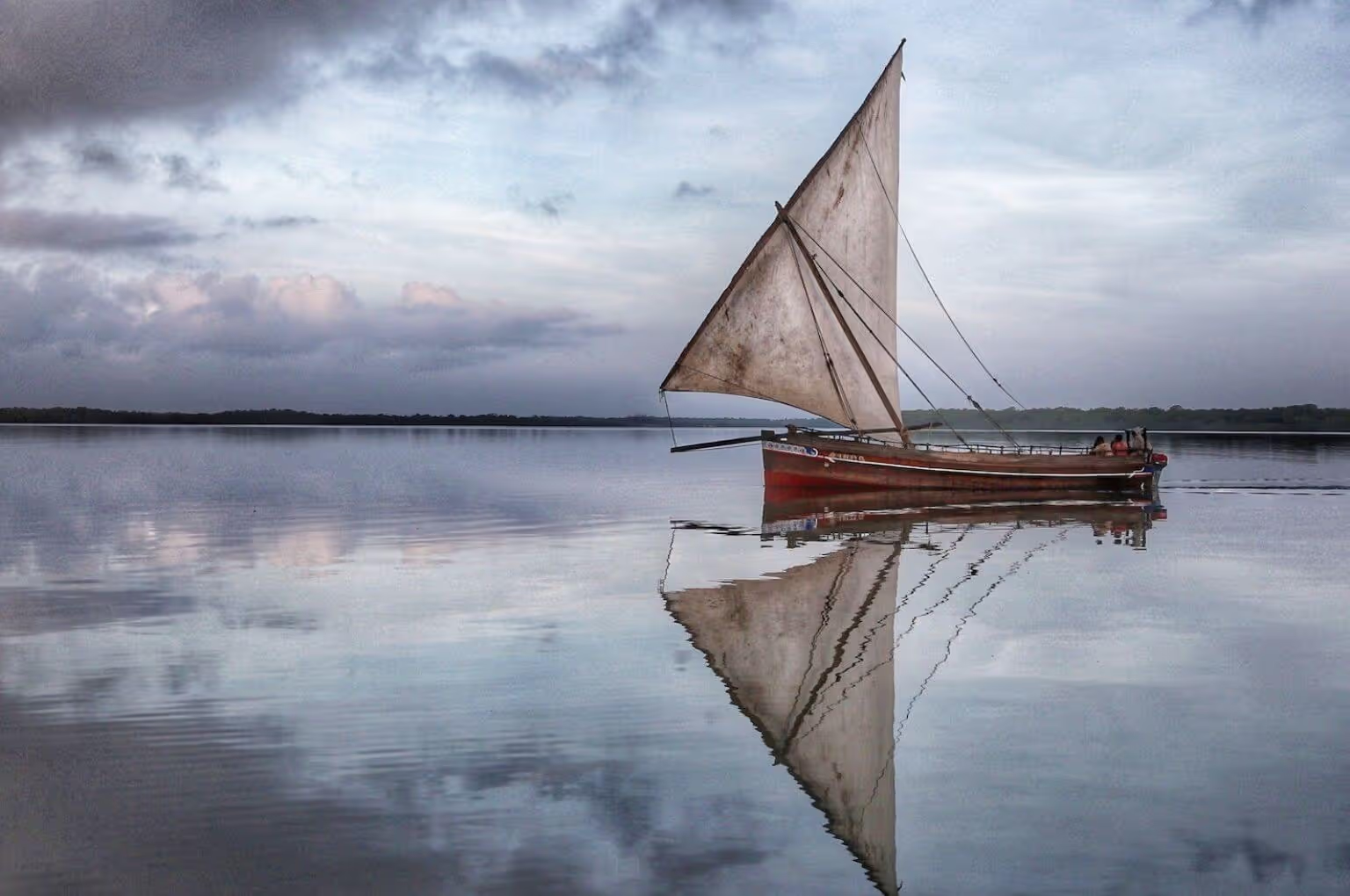Craft Your Ultimate Africa Safari

Experience exclusive luxury with a tailored African safari
From sunset game drives to gorilla trekking in the forest to traversing the East African coast by dhow, the options for your safari are endless. Whether you’re looking for an adrenalin-filled adventure, to connect and relax with family, or get off the beaten track, your ideal safari experience awaits.

Life-changing experiences
Ready to plan your safari experience?
Your African safari combining wildlife, landscapes and adventure awaits.





Experience Luxury Safari Adventures
Discover the beauty of Africa with our exclusive luxury safari packages tailored just for you.






.avif)









